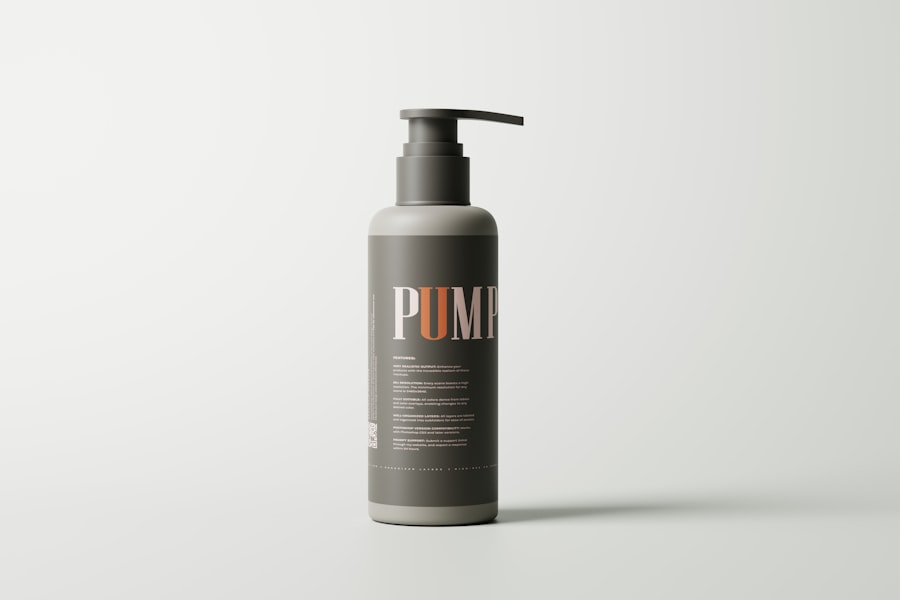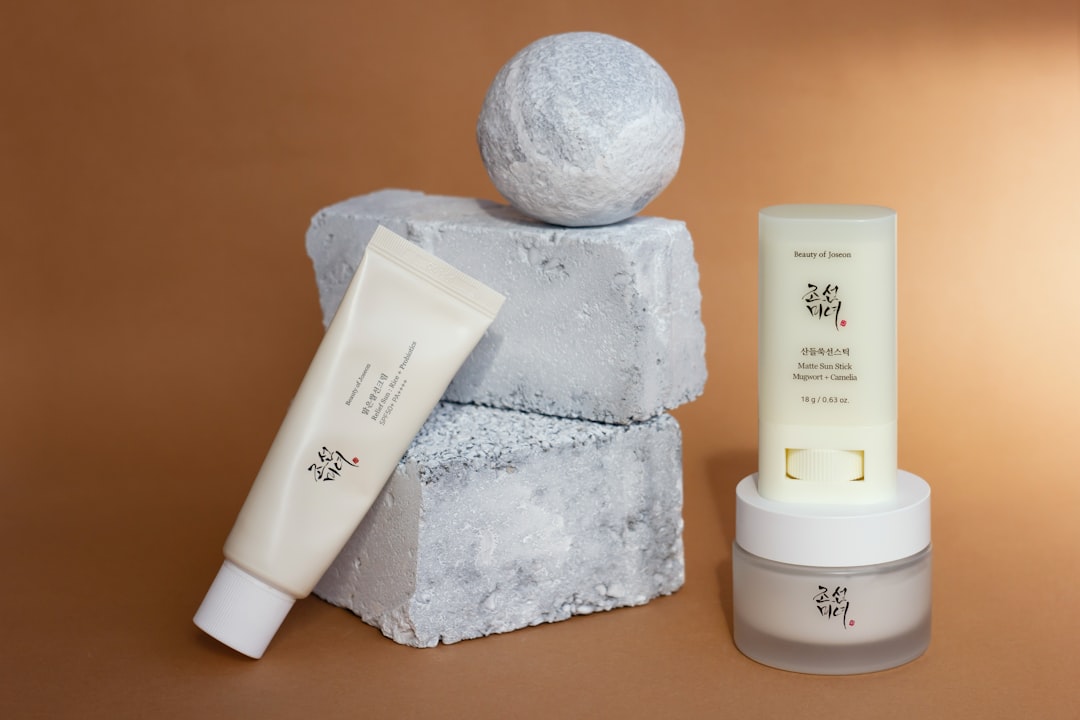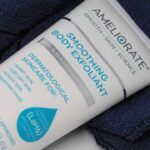After undergoing laser hair removal, the significance of proper aftercare cannot be overstated. You may find that your skin is sensitive and requires special attention to ensure optimal healing and results. The laser treatment works by targeting hair follicles, which can leave your skin feeling tender and vulnerable.
By adhering to a well-structured aftercare routine, you can minimize discomfort, reduce the risk of complications, and enhance the effectiveness of the treatment. This is not just about comfort; it’s about ensuring that the investment you made in your skin yields the best possible outcome. Proper aftercare also plays a crucial role in preventing adverse reactions.
Your skin may react differently to the laser treatment, and without appropriate care, you could experience issues such as redness, swelling, or even pigmentation changes. By following recommended aftercare practices, you can help your skin recover more quickly and effectively. This means being proactive about your skincare routine and understanding what your skin needs in the days and weeks following your treatment.
Ultimately, taking the time to care for your skin post-treatment will lead to smoother, hair-free results that you can enjoy for years to come.
Key Takeaways
- Proper aftercare is crucial for the success of laser hair removal treatment
- Sun exposure should be avoided to prevent skin damage and pigmentation issues
- Regular moisturizing and hydration are essential for maintaining smooth and healthy skin post-treatment
- Use gentle and non-irritating products to avoid skin sensitivity and irritation
- Shave with caution and use the right products to prevent skin irritation and ingrown hairs
Avoiding Sun Exposure
One of the most critical aspects of aftercare following laser hair removal is avoiding sun exposure. Your skin will be particularly sensitive after the procedure, making it more susceptible to sunburn and irritation. Direct sunlight can exacerbate any redness or swelling you may experience, and it can also lead to hyperpigmentation, which is a darkening of the skin in areas that have been treated.
To protect your skin, it’s advisable to stay out of the sun as much as possible for at least two weeks post-treatment. If you must go outside, wearing protective clothing and seeking shade can help shield your skin from harmful UV rays. In addition to avoiding direct sunlight, using a broad-spectrum sunscreen with a high SPF is essential.
Even on cloudy days or during winter months, UV rays can penetrate through clouds and cause damage. Applying sunscreen daily will not only protect your skin but also help maintain the results of your laser hair removal treatment. Make it a habit to reapply sunscreen every two hours if you are outdoors for extended periods.
This simple step can make a significant difference in how your skin heals and looks in the long run.
Moisturizing and Hydrating the Skin

Keeping your skin moisturized and hydrated is another vital component of post-laser hair removal care. After the procedure, your skin may feel dry or tight due to the effects of the laser. To combat this, incorporating a good moisturizer into your skincare routine is essential.
Look for products that are fragrance-free and designed for sensitive skin to avoid any potential irritation. A rich cream or lotion can help restore moisture levels and create a barrier that protects your skin from environmental stressors. Hydration goes beyond just applying moisturizer; it also involves drinking plenty of water.
Staying hydrated from within can significantly improve your skin’s overall appearance and health. Aim to drink at least eight glasses of water a day, or more if you are active or live in a hot climate. This will not only help your skin recover but also promote a radiant complexion.
By prioritizing hydration both topically and internally, you can support your skin’s healing process and enhance the results of your laser hair removal treatment.
Using Gentle and Non-Irritating Products
| Product Type | Benefits | Usage Frequency |
|---|---|---|
| Cleanser | Gently removes dirt and impurities without stripping the skin | Twice daily (morning and night) |
| Moisturizer | Hydrates and nourishes the skin without causing irritation | Twice daily (morning and night) |
| Sunscreen | Protects the skin from harmful UV rays without clogging pores | Every morning |
| Exfoliator | Gently removes dead skin cells without causing redness or irritation | 1-2 times per week |
When it comes to post-laser hair removal skincare, choosing gentle and non-irritating products is paramount. Your skin will be in a delicate state, so using harsh cleansers or exfoliants can lead to further irritation or even damage. Opt for mild, sulfate-free cleansers that won’t strip your skin of its natural oils.
These gentle formulations will help cleanse your skin without causing additional stress. In addition to cleansers, be mindful of other products you apply to your skin during this recovery period.
Avoid anything with strong active ingredients like retinoids or alpha hydroxy acids (AHAs) for at least a week after treatment. These ingredients can be too aggressive for freshly treated skin and may lead to adverse reactions. Instead, focus on nourishing products that promote healing and comfort.
By being selective about what you put on your skin, you can create an environment conducive to recovery and ensure that your results remain intact.
Shaving Tips for Laser Hair Removal
If you’re considering laser hair removal or have recently undergone the procedure, understanding how to shave properly is crucial for maintaining results. While laser hair removal significantly reduces hair growth, some individuals may still need to shave between sessions or touch-ups. When shaving post-treatment, it’s essential to use a clean, sharp razor to minimize irritation and prevent ingrown hairs.
Dull blades can tug at the skin rather than glide smoothly, leading to nicks or cuts that could complicate your recovery. Additionally, consider shaving in the shower or after bathing when your hair follicles are more open due to warmth and moisture. This can make the process easier and less irritating for your skin.
Always use a gentle shaving cream or gel designed for sensitive skin to provide a protective barrier between the razor and your skin. This will help reduce friction and allow for a smoother shave. By following these tips, you can keep your skin healthy while managing any remaining hair growth effectively.
Frequency of Shaving after Laser Hair Removal

The frequency with which you should shave after laser hair removal varies from person to person and depends on individual hair growth patterns. Many people notice a significant reduction in hair growth after just a few sessions, which means that shaving may become less frequent over time. Initially, you might find yourself shaving every few days as some hair may still be present while others are in different growth cycles.
However, as treatments progress, you may only need to shave once a week or even less often. It’s important to listen to your body and adjust your shaving routine based on how your skin feels and how much hair is present. If you notice any irritation or discomfort after shaving, consider extending the time between shaves until your skin has fully healed from the last treatment session.
Remember that everyone’s experience with laser hair removal is unique; what works for one person may not work for another. Keeping track of how often you need to shave will help you find a routine that suits your needs while ensuring that your skin remains healthy.
Choosing the Right Shaving Products
Selecting the right shaving products is essential for maintaining healthy skin after laser hair removal. As mentioned earlier, using a gentle shaving cream or gel designed specifically for sensitive skin can make all the difference in preventing irritation. Look for products that are free from fragrances and harsh chemicals, as these can exacerbate sensitivity post-treatment.
Ingredients like aloe vera or shea butter can provide additional hydration and soothe any potential discomfort during shaving. In addition to shaving creams, consider investing in high-quality razors that are designed for sensitive areas of the body. Disposable razors with multiple blades can provide a closer shave but may also increase the risk of irritation if not used carefully.
Alternatively, electric razors can be gentler on the skin while still providing effective results without the risk of cuts or nicks. Whichever option you choose, ensure that you replace blades regularly to maintain their effectiveness and minimize any potential irritation.
Post-Laser Hair Removal Skincare Routine
Establishing a comprehensive post-laser hair removal skincare routine is vital for achieving optimal results and ensuring that your skin remains healthy throughout the healing process. Start with a gentle cleanser that will remove impurities without stripping away essential moisture. Follow this with a soothing toner that helps balance your skin’s pH levels and prepares it for further treatment.
Next, apply a nourishing serum or moisturizer rich in antioxidants and hydrating ingredients to support healing and protect against environmental stressors. Incorporating products with calming properties like chamomile or calendula can further enhance comfort during this sensitive period. Finally, don’t forget to apply sunscreen daily; this is non-negotiable when it comes to protecting freshly treated skin from UV damage.
By following these steps diligently, you’ll create an effective skincare routine that not only aids in recovery but also enhances the long-term results of your laser hair removal treatment. Remember that consistency is key; taking care of your skin post-treatment will pay off in smoother, healthier-looking skin that you can feel confident about showing off!
After undergoing laser hair removal, it is important to properly care for your skin to ensure the best results. One important aspect of aftercare is shaving. To learn more about the best practices for shaving after laser hair removal, check out this helpful article on inlaserhairremoval.com. This article provides valuable tips and advice on how to shave effectively without causing irritation or damage to your skin. By following these guidelines, you can maintain smooth, hair-free skin for longer periods of time.
FAQs
What is laser hair removal aftercare shaving?
Laser hair removal aftercare shaving refers to the process of shaving the treated area after a laser hair removal session to help maintain the results and prevent any potential irritation or ingrown hairs.
Why is shaving important after laser hair removal?
Shaving after laser hair removal helps to remove any remaining hair in the treated area, allowing the laser to target the hair follicles more effectively during subsequent sessions. It also helps to prevent ingrown hairs and irritation.
When should I start shaving after laser hair removal?
It is recommended to wait at least 24-48 hours after a laser hair removal session before shaving the treated area. This allows the skin to recover from the treatment and reduces the risk of irritation.
What type of razor should I use for shaving after laser hair removal?
It is best to use a clean, sharp razor with multiple blades to ensure a close and smooth shave. Avoid using dull or old razors, as they can cause irritation and ingrown hairs.
Are there any specific shaving techniques to follow after laser hair removal?
When shaving after laser hair removal, it is important to shave in the direction of hair growth to minimize irritation and ingrown hairs. It is also recommended to use a gentle touch and avoid pressing too hard on the skin.
Can I use shaving cream or gel after laser hair removal?
Yes, using shaving cream or gel can help to lubricate the skin and hair, making it easier to shave and reducing the risk of irritation. Look for products that are gentle and suitable for sensitive skin.
Are there any restrictions on shaving after laser hair removal?
It is important to avoid shaving if the skin is still red, irritated, or blistered from the laser hair removal treatment. Wait until the skin has fully healed before resuming shaving to prevent further irritation or complications.






